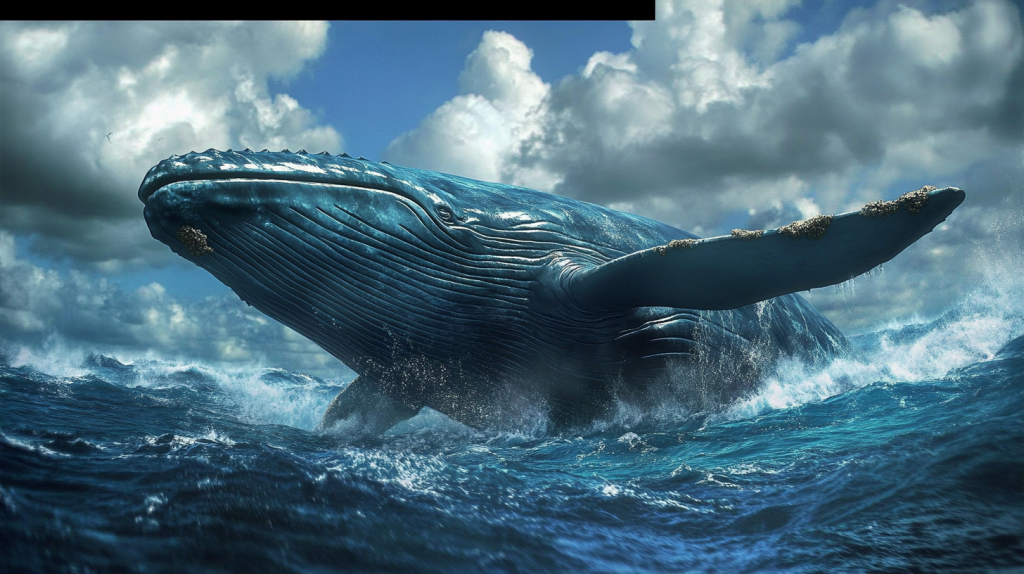The oceans of our planet are home to some of the most awe-inspiring creatures on Earth. These marine mammals, with their enormous size and incredible adaptations, seem alien or prehistoric. But an actual up-close interaction with one of these incredible creatures is life-changing. Their lives and sheer size might be unfathomable, but their intelligence and magnificence is clear for all to see. From the largest animal to ever exist to deep-diving behemoths with teeth as big as your arm, these creatures are awe-inspiring and remind us why we need to do more to save our oceans before it’s too late.
Blue Whale
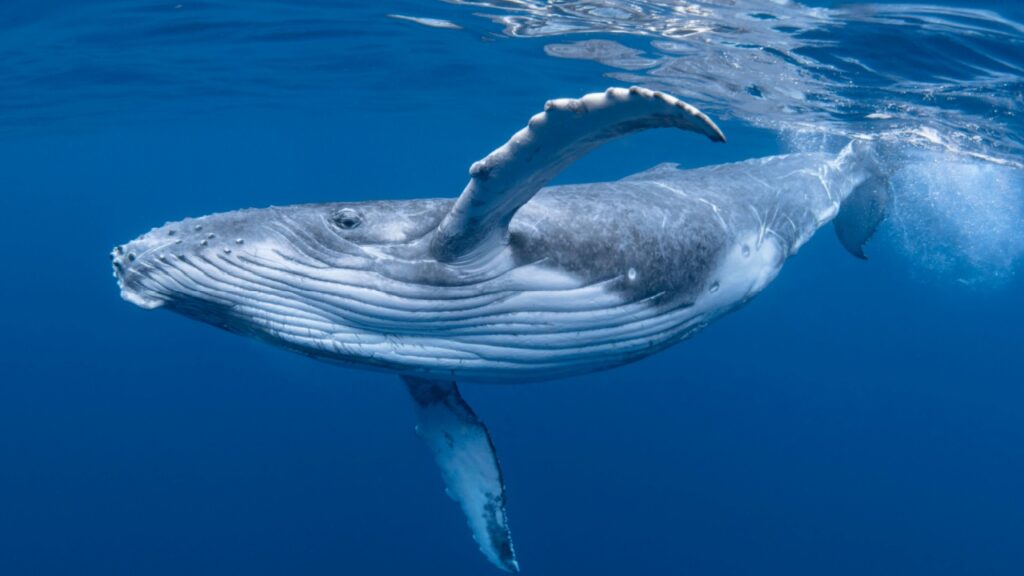
The blue whale holds the title of the largest animal to have ever existed on Earth. These gentle giants can grow up to 100 feet long and weigh as much as 200 tons. Their hearts alone are the size of a small car, and their tongues can weigh as much as an elephant. Despite their enormous size, blue whales feed almost exclusively on tiny krill.
Sperm Whale
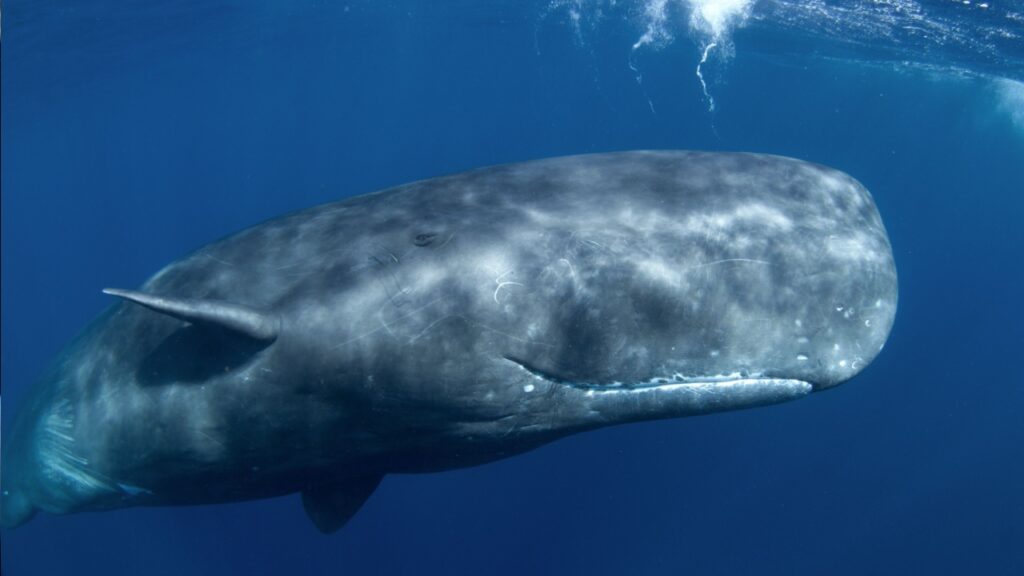
Sperm whales are the largest toothed predators on the planet. They can grow up to 60 feet long and are famous for their massive, block-shaped heads. These deep-diving giants can descend over 3,000 feet in search of giant squid, their favorite prey. Their powerful echolocation clicks are the loudest sounds made by any animal.
Orca (Killer Whale)
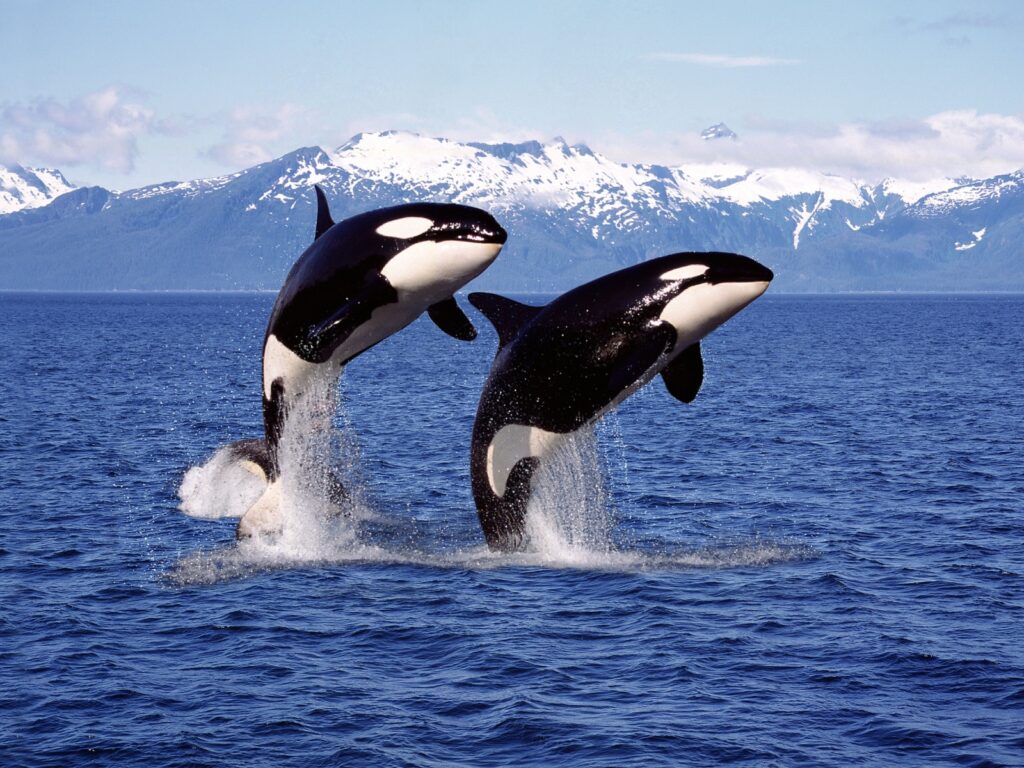
Orcas, despite their “killer whale” nickname, are actually the largest members of the dolphin family. They are apex predators known for their intelligence and complex social structures. Orcas can grow up to 32 feet long and weigh up to 6 tons. Their hunting techniques are so sophisticated that they’ve been observed creating waves to wash seals off ice floes.
Southern Elephant Seal
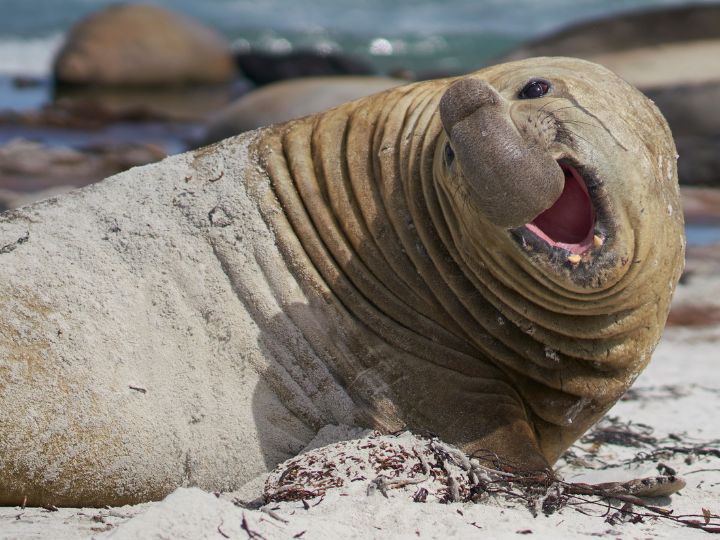
The southern elephant seal is the largest of all seals and pinnipeds. Males can grow up to 20 feet long and weigh up to 8,800 pounds. They’re named for their trunk-like noses, which males use to make loud roaring sounds during mating season. These massive seals can dive to depths of over 7,000 feet in search of food.
Fin Whale

The fin whale is the second-largest animal on Earth, after the blue whale. They can reach lengths of up to 90 feet and weigh up to 80 tons. These sleek, fast swimmers are sometimes called the “greyhounds of the sea” and can swim at speeds up to 29 mph. Their distinctive asymmetrical coloration, with a white right jaw and dark left jaw, is unique among whales.
Humpback Whale
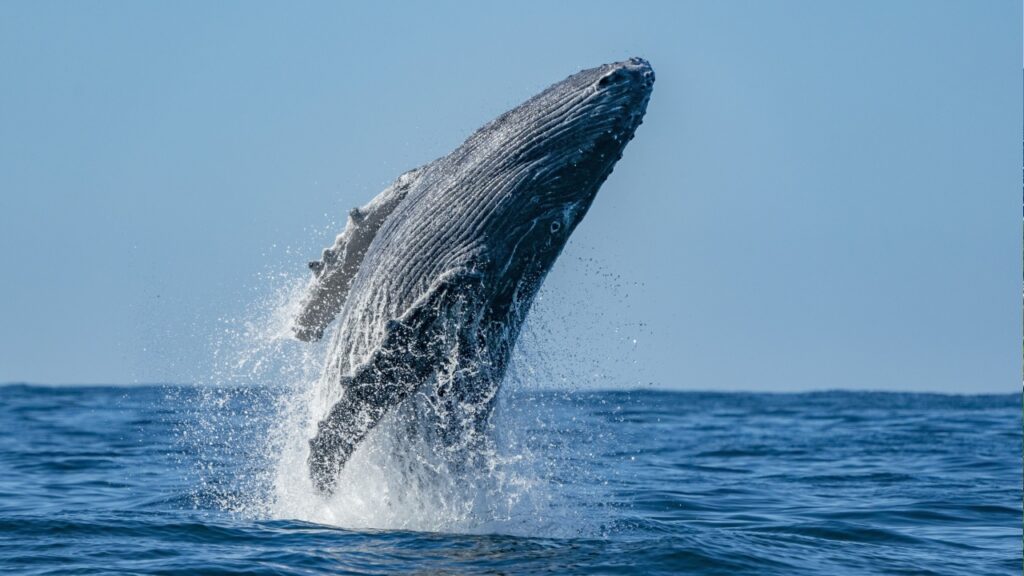
Humpback whales are known for their haunting songs and acrobatic displays. They can grow up to 60 feet long and weigh up to 40 tons. These whales are famous for their long pectoral fins, which can be up to 16 feet long. Humpbacks are also known for their complex feeding behavior, including bubble net feeding, where they work together to trap fish.
Northern Elephant Seal
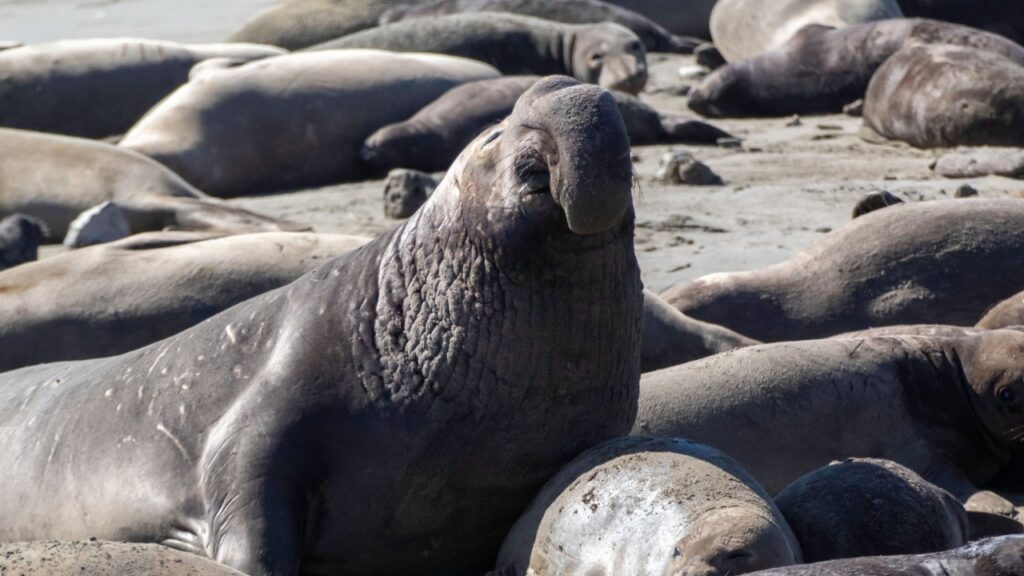
The northern elephant seal is slightly smaller than its southern cousin but still impressively large. Males can grow up to 16 feet long and weigh up to 6,600 pounds. These seals are incredible divers, capable of staying underwater for up to two hours and reaching depths of over 5,000 feet. They spend months at sea, coming ashore only to breed and molt.
Gray Whale

Gray whales are known for their incredible migrations, traveling up to 12,000 miles round trip each year. They can grow up to 50 feet long and weigh up to 40 tons. These whales are bottom feeders, scooping up sediment from the ocean floor and filtering out small creatures to eat. Gray whales are also known for being friendly towards humans, often approaching boats in certain areas.
Bowhead Whale
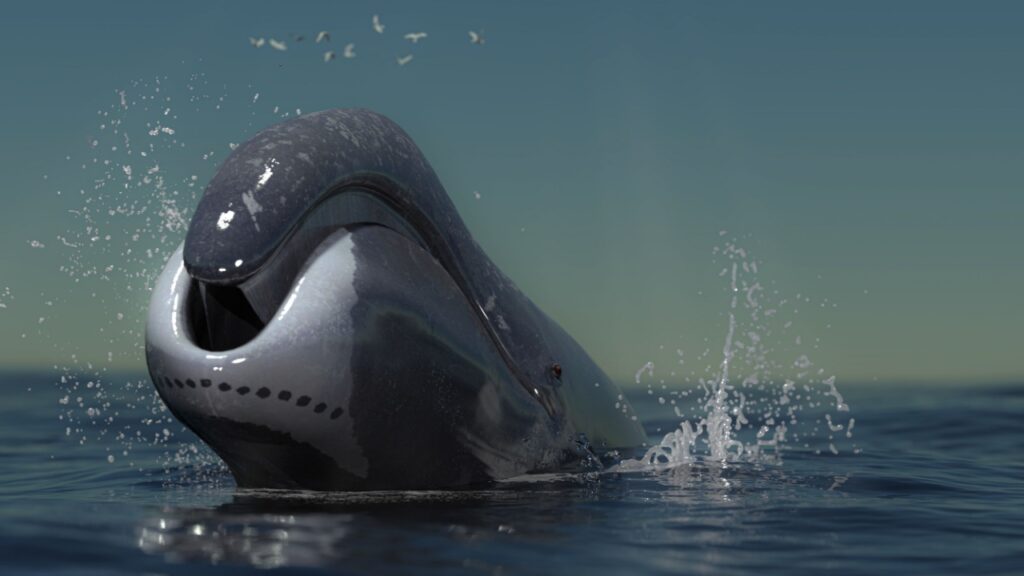
Bowhead whales are adapted to life in the Arctic and have the thickest blubber of any whale. They can grow up to 60 feet long and weigh up to 100 tons. These whales are believed to be among the longest-lived mammals, with some individuals estimated to be over 200 years old. Their massive skulls, which can be up to 40% of their body length, allow them to break through Arctic ice to breathe.
Walrus
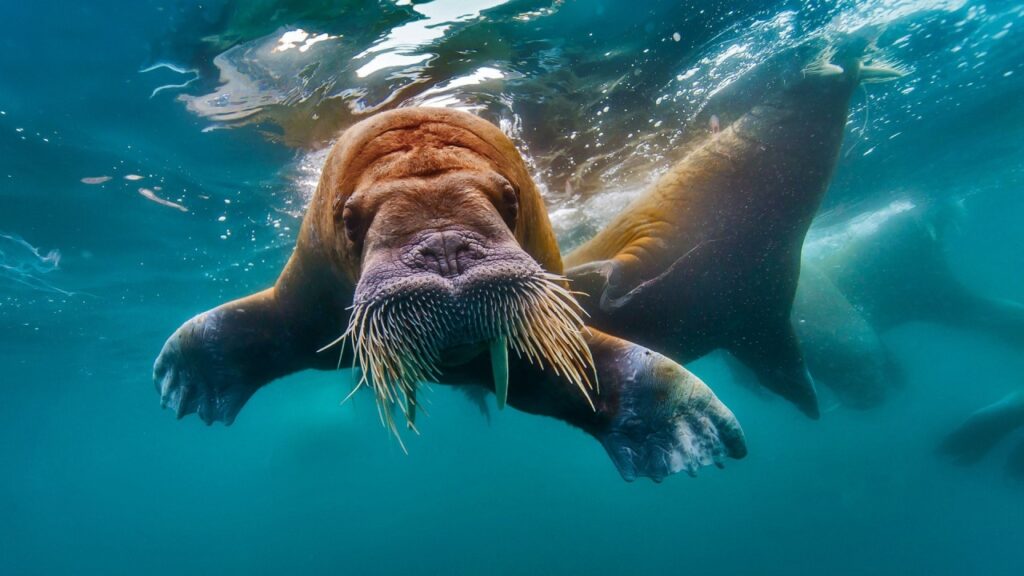
Walruses are unmistakable with their large tusks and whisker-covered snouts. They can grow up to 12 feet long and weigh up to 4,000 pounds. Their tusks, which can grow up to 3 feet long, are used for fighting, hauling out on ice, and digging for food. Walruses are social animals and often gather in large groups on ice floes or beaches.
Beluga Whale
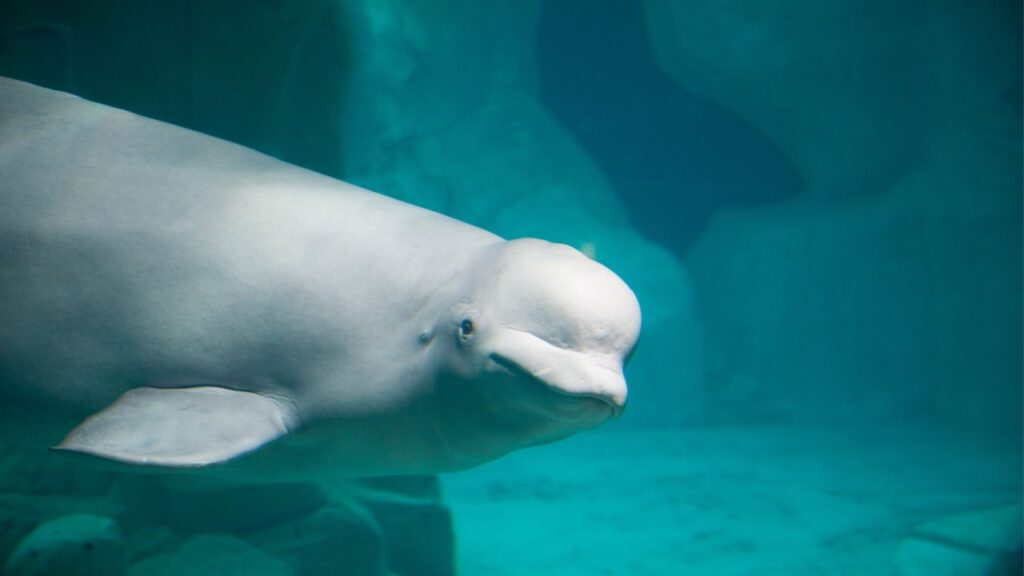
Belugas are known for their distinctive white color and bulbous foreheads. They can grow up to 18 feet long and weigh up to 3,500 pounds. These whales are highly vocal and are sometimes called “sea canaries” due to their wide range of vocalizations. Belugas are also known for their flexible necks, which allow them to turn their heads in all directions.
Narwhal
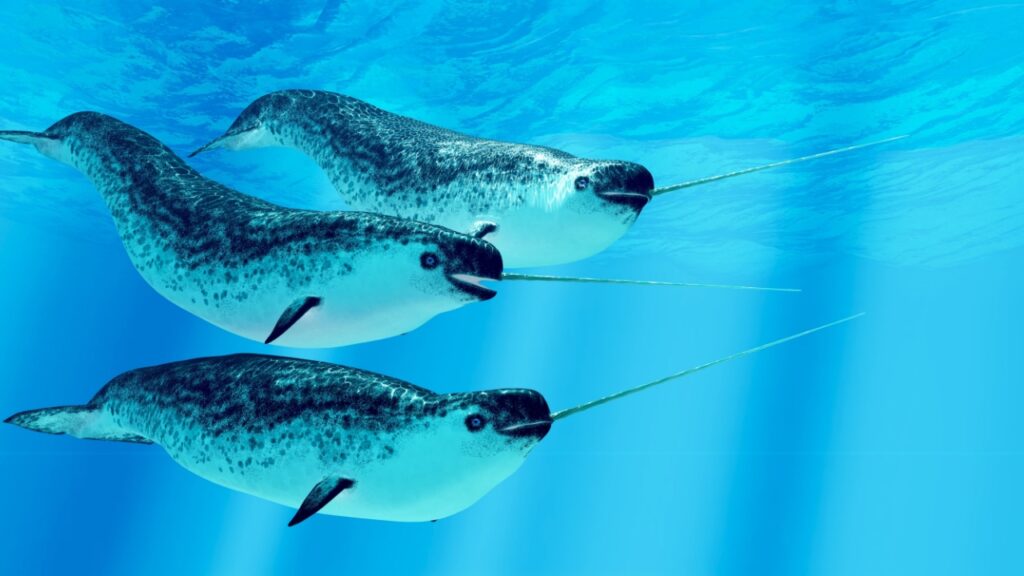
Narwhals are famous for their long, spiral tusks, which are actually elongated canine teeth. They can grow up to 18 feet long, including their tusk, and weigh up to 4,200 pounds. The tusk, which can grow up to 10 feet long, is believed to be a sensory organ. Narwhals are adapted to life in the Arctic and can dive to depths of up to 5,000 feet.
Sei Whale
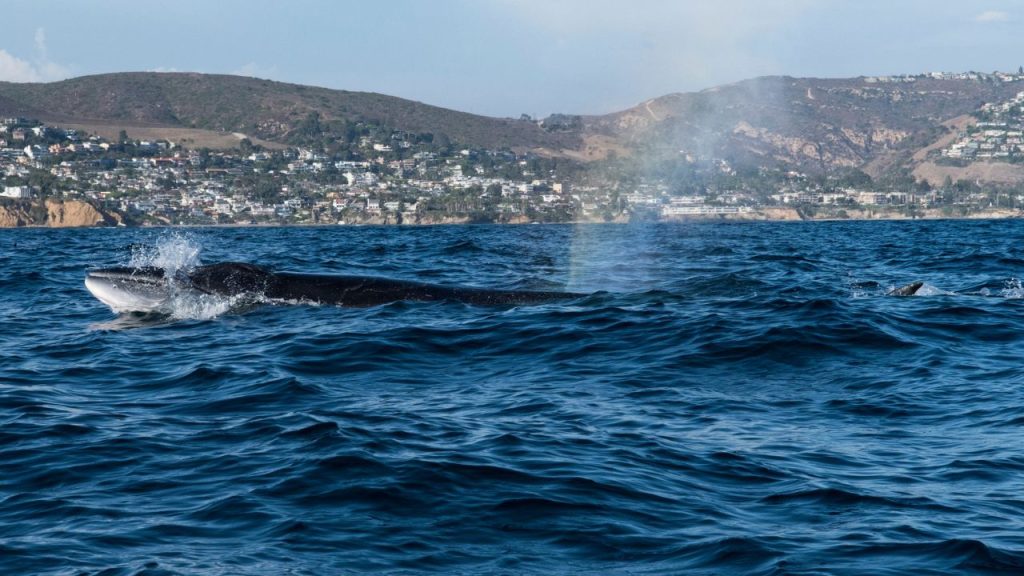
Sei whales are the third-largest whale species, after blue whales and fin whales. They can grow up to 64 feet long and weigh up to 50 tons. These whales are among the fastest of all cetaceans, capable of swimming at speeds up to 34 mph. Sei whales are filter feeders but have a unique feeding style, swimming on their sides near the surface to gulp in water and prey.
Right Whale
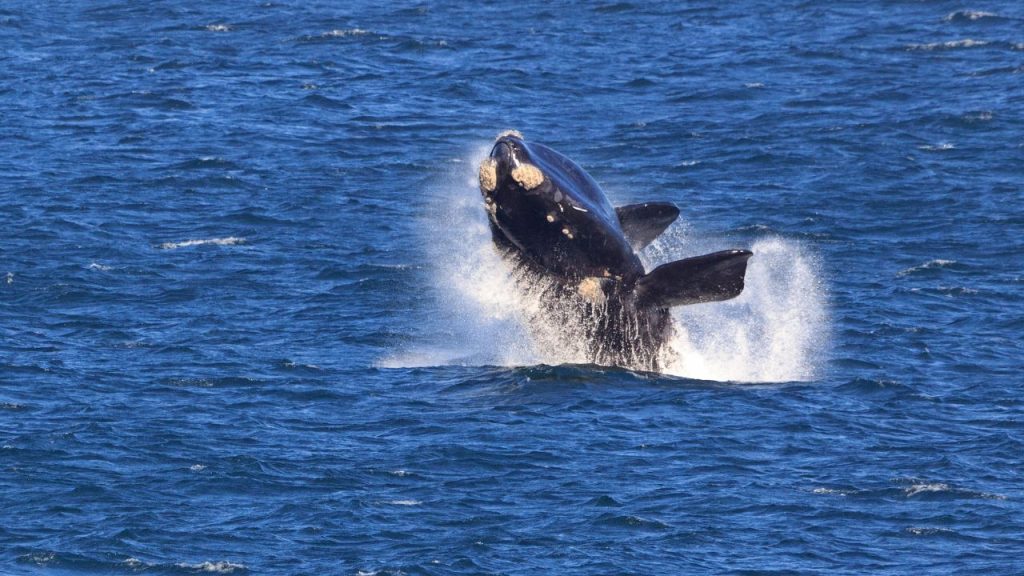
Right whales got their name because whalers considered them the “right” whales to hunt due to their slow speed and tendency to float when killed. They can grow up to 60 feet long and weigh up to 100 tons. These whales are recognized by the callosities (rough patches of skin) on their heads, which are unique to each individual. Right whales are among the most endangered of all large whales.
Leopard Seal
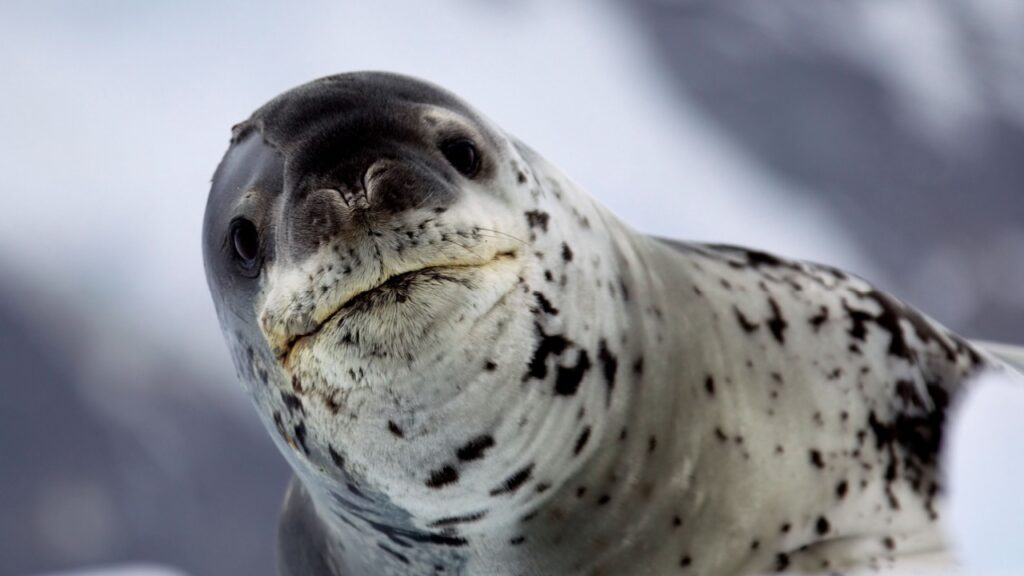
Leopard seals are the second-largest seals in Antarctica, after elephant seals. They can grow up to 11 feet long and weigh up to 1,300 pounds. These seals are known for their powerful jaws and long, sharp teeth, which they use to hunt penguins, fish, and even other seals. Leopard seals are solitary animals and are known for their distinctive spotted coats.

